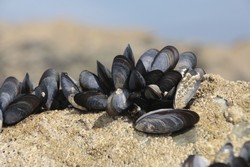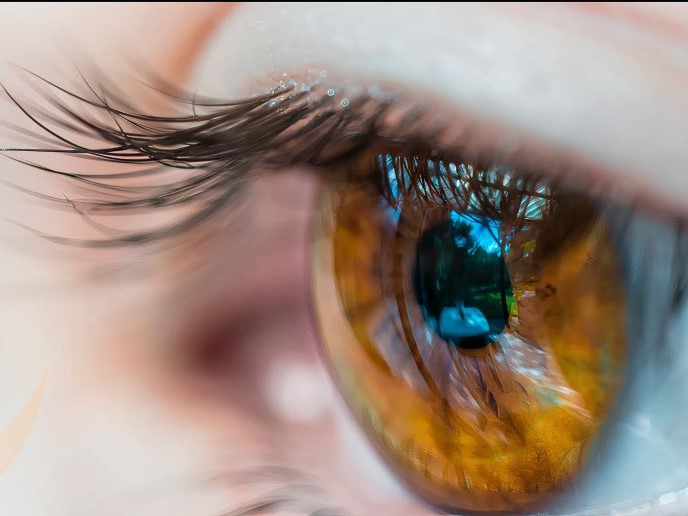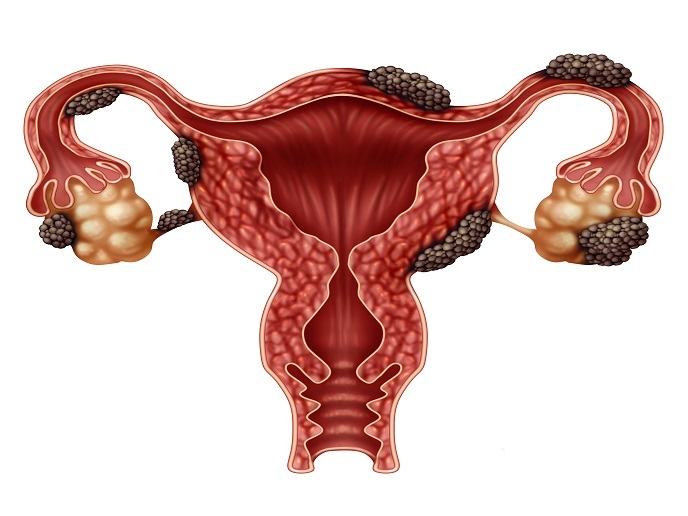Nature-inspired 'glue' to fix broken bones
Marine organisms like mussels produce glues that can withstand wet, turbulent environments to anchor them strongly to surfaces. This makes them a great place to look for inspiration when it comes to bonding agents for surgery. While such marine-inspired bioadhesives are currently used for soft tissues (to repair wounds, for example), they need further tweaking for hard tissues like bones. The EU-funded DIADOM (Marine inspired biosilica-filled hydrogels) project combined a bioadhesive from mussels with marine silica to enhance bone mineralisation and hence growth. Researchers started with a previously developed hydrogel that mimics the glue produced by the blue mussel Mytilus edulis. To combine the hydrogel with biosilica, they used nature-inspired chemical reactions that link amino acids together to form proteins. When the team tested the mechanical properties of the adhesive hydrogel, they found that gels cross-linked with biosilica could resist greater mechanical forces than hydrogels alone. In addition, the hydrogel-biosilica system gelled in less than three minutes, suggesting it is suitable for gluing bone fragments and closing wounds rapidly during surgery. Since DIADOM used natural silica from marine organisms, researchers needed to make sure it was not toxic to human cells. Biosilica extracted from algae in the Mississippi River was first tested for toxicity using mice cells. Researchers then tested the biosilica-hydrogel system in mice to see if it induced inflammation, and checked its effect on kidney, spleen and liver organs. Having confirmed the system is not toxic in mice, researchers used human cells to look at bone cell response. Although they found no evidence of toxicity, the cells attached poorly to the hydrogel and they could not test the system any further. DIADOM has demonstrated the important benefits of nature-inspired glue forming strong bone-to-bone bonds quickly. While it has promising biomedical applications, its ability to bond to surfaces and withstand mechanical forces needs improvement before patients can benefit from this exciting development.
Keywords
Broken bones, surgical glue, mussels, marine organisms, bioadhesives, biosilica, hydrogels







